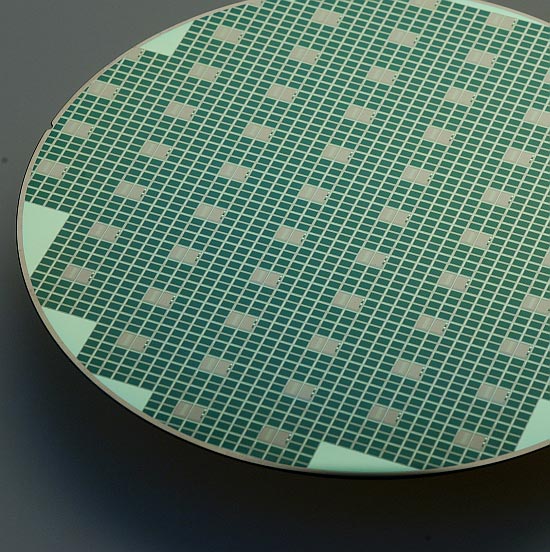Improving the efficiency of semiconductor technology
Less is More – More Energy from the Thinnest Wafers
Oct 10, 2007 | SABINE BORNGRÄBER
The photovoltaic industry is growing at an annual rate of about 35 per cent. However, this upward trend in the development of environmentally friendly solar power is being hindered by the costs of manufacturing solar cells and by the dwindling availability of silicon. If the new technology is to establish itself in competition with conventional methods of energy generation, then the manufacture of solar cells in industrial quantities must be accomplished using smaller quantities of the expensive raw material, silicon, and in addition the performance of the finished product must be yet improved. Empa researchers together with an industrial partner are therefore testing a method of tripling the manufacturing yield. The trick to success in this project, which is financed by the CTI, the Swiss Innovation Promotion Agency, is to cut the solar cells into wafers which are only 100 microns thick instead of 300 microns, as in conventional production.

|
|||

